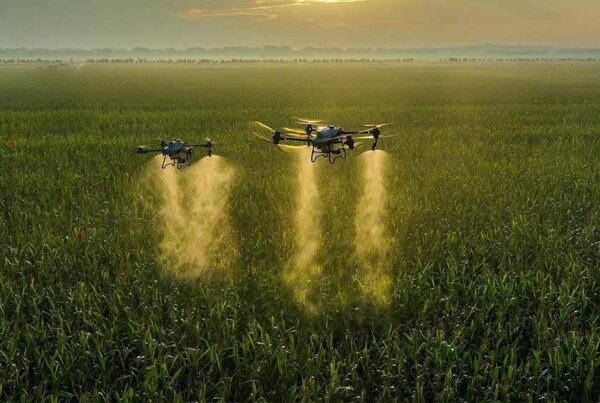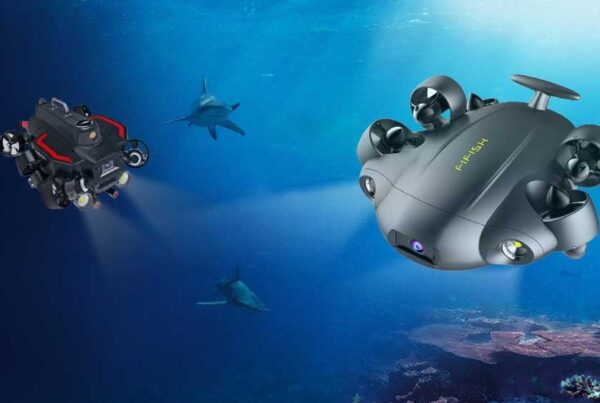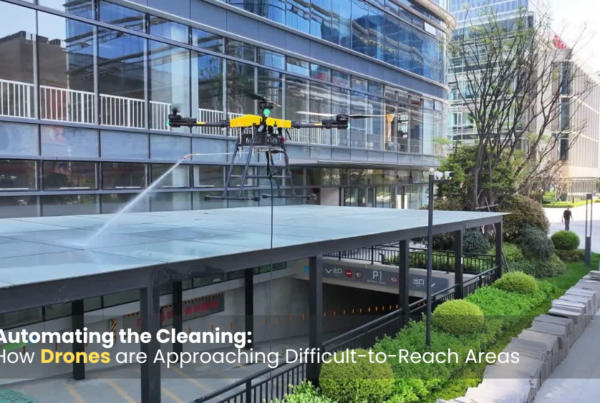
Before we begin with drone photography, we need to understand what it means. Does it refer to capturing photos of drones? It doesn’t. Drone photography is the art of taking photographs using a UAV camera. There are several benefits of using drones for photography. The primary advantage is that it lets us take breathtaking, aerial view photos of the landscape below. But, you can make full use of the advantages of drone technology only when you understand the various aspects involved in this art. Drone photography has numerous practical, legal, and safety considerations. Besides, one also has to learn about the equipment and training required. Recently, drone photography has spread like wildfire, not only in India but all over the world. With this trend on the rise, we feel that the following tips are essential for anyone who’s planning on pursuing drone photography in India.
What are the tools of this trade?
Drone photography requires an extensive range of equipment to take aerial photos and video footage. These range from off-the-shelf solutions to individual components. Choosing the components wisely can help us tap into the advantages of drone photography. Now, let us take a look at the most important components- drone and camera. A drone is a device that flies with the help of multiple propellers. It can also hover in one spot employing the same. There is a vast range of drones in the market, which are available in various sizes and materials, depending on the purpose they are designed for. Following is a list of different types of drones and components utilized in drone photography.
- A learner drone
- An intermediate drone
- Advanced drones
Photography is not possible without a camera. From DSLR cameras to high-end movie cameras, a myriad of cameras is available in India that can be used. But, you should purchase a camera that your drone is powerful enough to lift and support.
Know where you are allowed to fly.
The advantages of drone technology can quickly turn into disadvantages for others in the hands of the wrong people. India has seen numerous high-profile news stories wherein people with drones have violated privacy and civil liberties, either knowingly or unknowingly. For all those looking forward to getting started with drone photography, you need to be aware of the legal implications in India. All the drones in India need to be registered with the ministry, following which they are issued a Unique Identification Number (UIN). The only drones that are an exception to this are nano drones. To use the drones for commercial purposes in India, permits need to be acquired. Pilots must maintain a direct visual line of sight with the drone whenever flying. Several “no-fly zones” have been marked in India wherein drones cannot be flown. The list of regulations goes on. If you are looking to make the best of the advantages of drone photography in India, you need to be well-versed with the legal implications.
Learn to fly, before you try to shoot a drone photography
You can get the benefits of using drones for photography only when you know how to use all the components with finesse. But, perfection is a destination you can reach only when you make ample mistakes and learn from them. While using drones, mistakes can be expensive. So, we recommend using a “toy” drone to learn the basics. Using a toy gives you the freedom to make mistakes while practicing. Also, mistakes made with toy drones are affordable. We need to keep in mind that the skills we acquire with a toy drone are transferable to professional drones as well. Practicing with toy drones requires you to practice basic moves such as taking off, hovering, and landing. Also, you need to practice lateral movement, squares and circles, and yaw. While using a drone, the aerial maneuvers are just as important as practicing how to land.
How well do you know your drone for drone photography?
Understanding how your drone functions will help you make most of the advantages of drone technology. Drones in India have some basic controls and settings that are easy to understand and will be covered in this article. The first control that we need to understand is “arming” the drone to ensure that it is ready to take off. Usually, transmitters in India have two sticks. These sticks serve different functions in different modes. Since switching between modes is counterintuitive, pilots usually have to practice a lot. You also need to familiarize yourself with the different flight modes such as standard, advanced, manual, 3D, etc. The advantages of drone photography can be made the most of when the drone can be stabilized while taking photos. So, many drones in India offer adjustments to stabilize your drones by balancing unwanted rotations. There are some modes such as GPS mode that are available with certain drones only. Knowing what your drone offers is also an important part of the learning curve.
Is a drone enough for drone photography?
Drones in India come with a wide range of accessories that ensure that your photographs are of high resolution and that your drone’s functionalities are enhanced. Without further ado, let’s take a look at these accessories:
- Gimbals: If you are intending on reaping the benefits of using a drone, you need to ensure that your camera is stably harnessed to your drone. The camera may also be needed to be pointed in a particular direction and it always needs to be tightly fixed to the drone. A gimbal is a structure that serves all the above purposes. Be sure to choose a gimbal that fits your specifications.
- A transmitter: Choose a transmitter that fits your requirements and your budget. Transmitters can control from a single done to multiple, depending on the complexity of the controller.
- FPV Goggles or Screen: Imagine being able to see what your drone camera can see. Now, purchase a First Person View goggle or screen and you’ll be able to get the full advantages of drone photography.
Be as prepared as possible!
Irrespective of the purpose, drone photography in India is not something to be trifled with. You can make the most of the benefits of using drones only when you prepare for any unforeseen circumstance. To do so, you need to perform certain checks as mentioned below:
- Before flying your drone in India, ensure that you have the necessary permits. Indian authorities have a strict “no permit, no flight” rule. Also, keep an eye on the weather.
- You also need to make sure that the drone, the camera, and the accessories are in perfect working condition.
- Always pack a first-aid kit before you go ahead and indulge yourself in drone photography.
- Never use a drone before inspecting it. You also need to be aware of nearby obstacles, if any. Set a home point, if your drone has the feature. Also, make note of the wind speed and other factors that might hamper your drone’s flight.
- Turn your transmitter on before turning your drone on. Once your drone starts hovering, check whether the controls are responding as expected and whether the drone exhibits normal behavior and sound.
Always think before you execute!
We understand that you are not a mutant who could fly. So, planning aerial shots sounds like an impossible task, right? Therein comes into play your FPV goggles or screen. A photograph is all about framing and composition. So, not knowing about the aerial view of the subject landscape is a handicap in aerial photography. An FPV screen gives you an idea of how the landscape looks from above. This is of immense help in planning your shots and is one of the most important benefits of using drones for photography. You can also use tools such as Google maps or Google Earth to get a satellite view of your subject landscape. Some tools in India inform you about the no-fly zones, thereby making your job easier.
Learn to use composition and zooming techniques!
Never use your camera’s zoom while it is airborne. Your drone already has spinning propellers that vibrate incessantly. Using your camera’s zoom in such a case will only reduce stability and result in blurred photos. Keeping your focal length wide will help you make the most of the advantages of drone technology. You also need to keep in mind how you compose your photographs. Careful composition results in maximum benefits of using drones for photography. Also be on the lookout for stronger colors, harder shadows, symmetry, textures, patterns, and humans (if it is safe and legal in India) to capture the symphony of colors that you have always wanted to.
How you compose your image, matters
Use shadows to add depth to your drone photography
These tips will help you get initiated with the art of drone photography. Although you can make the most of the advantages of drone technology when you work on acquiring skills, yet the journey begins with these basics. From drones to cameras, and from FPVs to gimbals, a lot of the components are available in India that can help you get started with drone photography. Through this article, we have given you a pragmatic idea of the nitty-gritty of drone photography. From planning and researching to executing, everything needs to be done systematically to achieve the results that you desire. Recklessness can never be the appropriate approach to accomplishing any job. So, keep a level head, plan, and always try to learn from your mistakes. Reaping the benefits of using drones for photography is a long journey. But, like every journey, it begins with a single step.
Click here to see our range of drones











One Comment